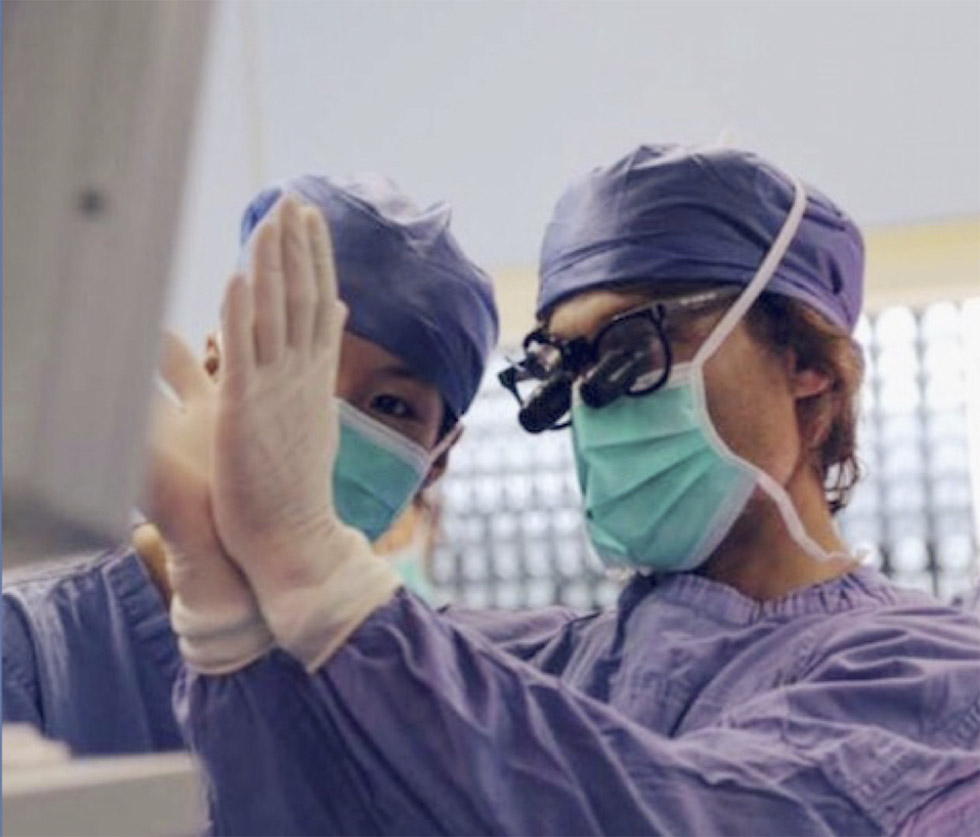Recently our fellow and I reviewed my long term data on results to lower lid blepharoplasty. I could not find such an extensive review of data with this case number in the literature. The surgical series is over a 10 year period and includes 640 cases. Important to consider is that I only perform transconjunctival surgery so the information only applies to this approach. Appropriate surgical adjuncts were included when clinically deemed necessary. These additional procedures included: canthal suspension, skin excision, fat transposition (repositioning), oseocutaneous ligament release, fat grafting and orbicularis plication (suspension).
Below are the results identified from the data collected:
- 640 cases total
- Women – 505 cases; Men – 135 cases
- Average age – 56 years
- Average F/U – 14 months
- Transconjunctival blepharoplasty only – 60 cases (9%)
- Transconjunctival blepharoplasty with fat repositioning – 580 cases (91%)
- Chemosis – more than mild at more than two weeks post-op 41 case (6.4%)
- Trichiasis – 9 cases (1.4%) – all needed intervention
- Revise fat re-excision – 9 cases (1.4%)
- Hollows – 30 cases (4.6%) – most lateral lid/cheek junction – 25 of the 30 cases (83%) were pre-warned this may occur, but refused interventions to prevent.
- Complaints of wrinkles or skin excess post-op – 14 cases (2.2%)
- Cicatricial entropion requiring buccal graft – 3 cases (0.5%) – All had fat transposition.
- Ectropion (no skin manipulation) – 1 case – related unaddressed laxity
- Lower eyelid retraction (all mild) – 6 cases ( 1%); 4 cases (0.6%) had skin/muscle manipulation (ie. pinch); 2 cases (0.3%) had no skin/muscle manipulation – but did have prominent eyes with gradient (vector) worsening (even with fat transposition)
- Periorbital fat grafting – 83/640 patients (9.6%). 7 of these (1.4%) developed contour issues (most with older larger (2 mm) harvest cannulas). 4 of these patients were revised and happy. 2 patients tolerated their final outcome. 1 patient unhappy and actually angry.
- Infection/severe inflammation – 7 cases (1.4%).
- Satisfaction study not done
- Satisfaction study of last 86 patients with fat transposition only was done with 4.8/5 average score on 5 point Likert scale: 1: Very unsatisfied, 2: unsatisfied, 3: neutral, 4: satisfied, 5: Very satisfied. The procedure found to be safe and effective
What this has taught me is that 79% of surgery is on woman in their mid 50’s. In general complications are rare and treatable. Fat grafting contour issues occur in 8.4% of cases, which I feel is unacceptably high – but not surprising. This complication rate is most assuredly lower with the newer (smaller port) harvesting cannulas. As expected, patient satisfaction is high.
I certainly learned a lot from this lower blepharoplasty data. I hope it is of help to others.


